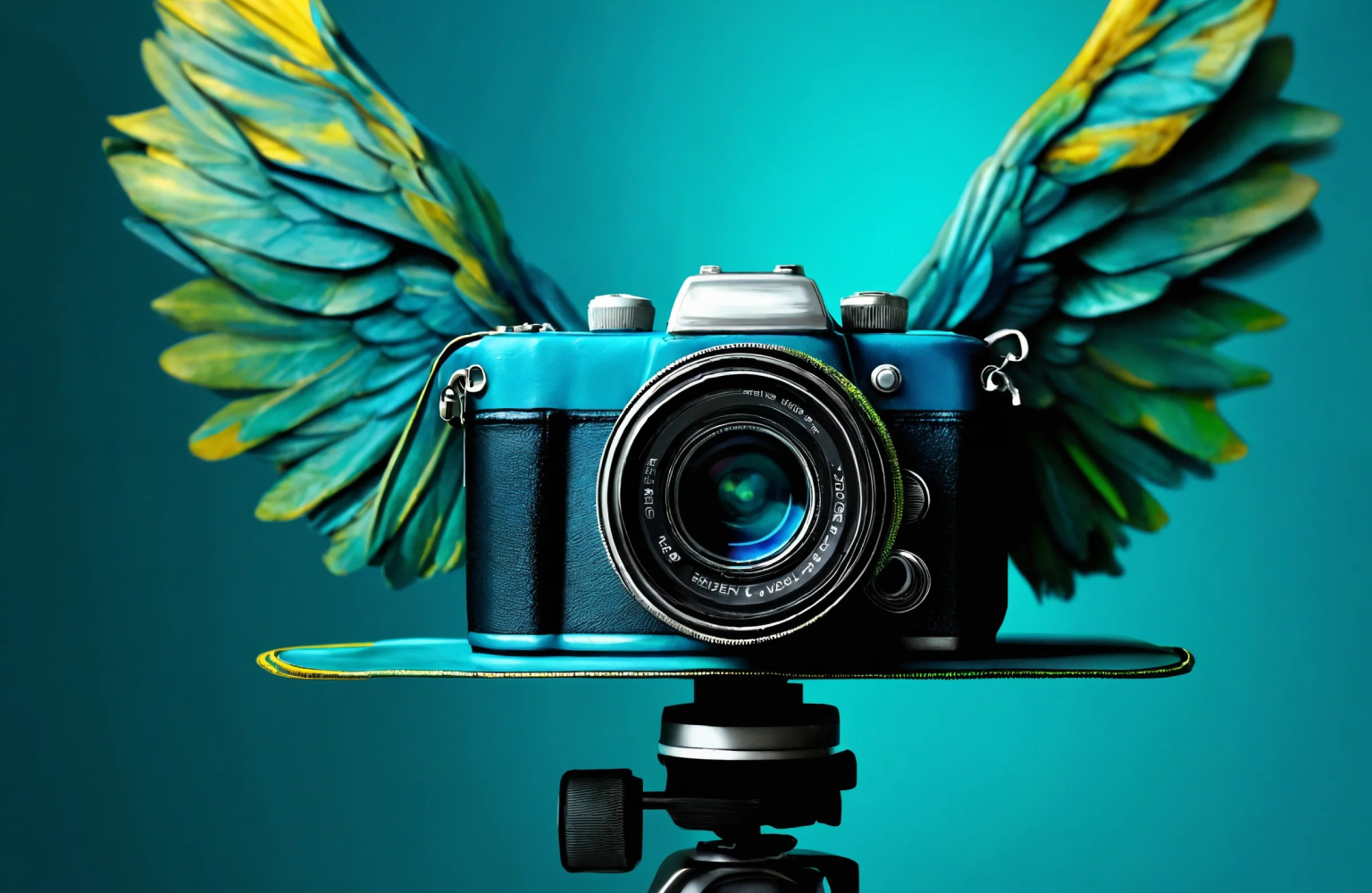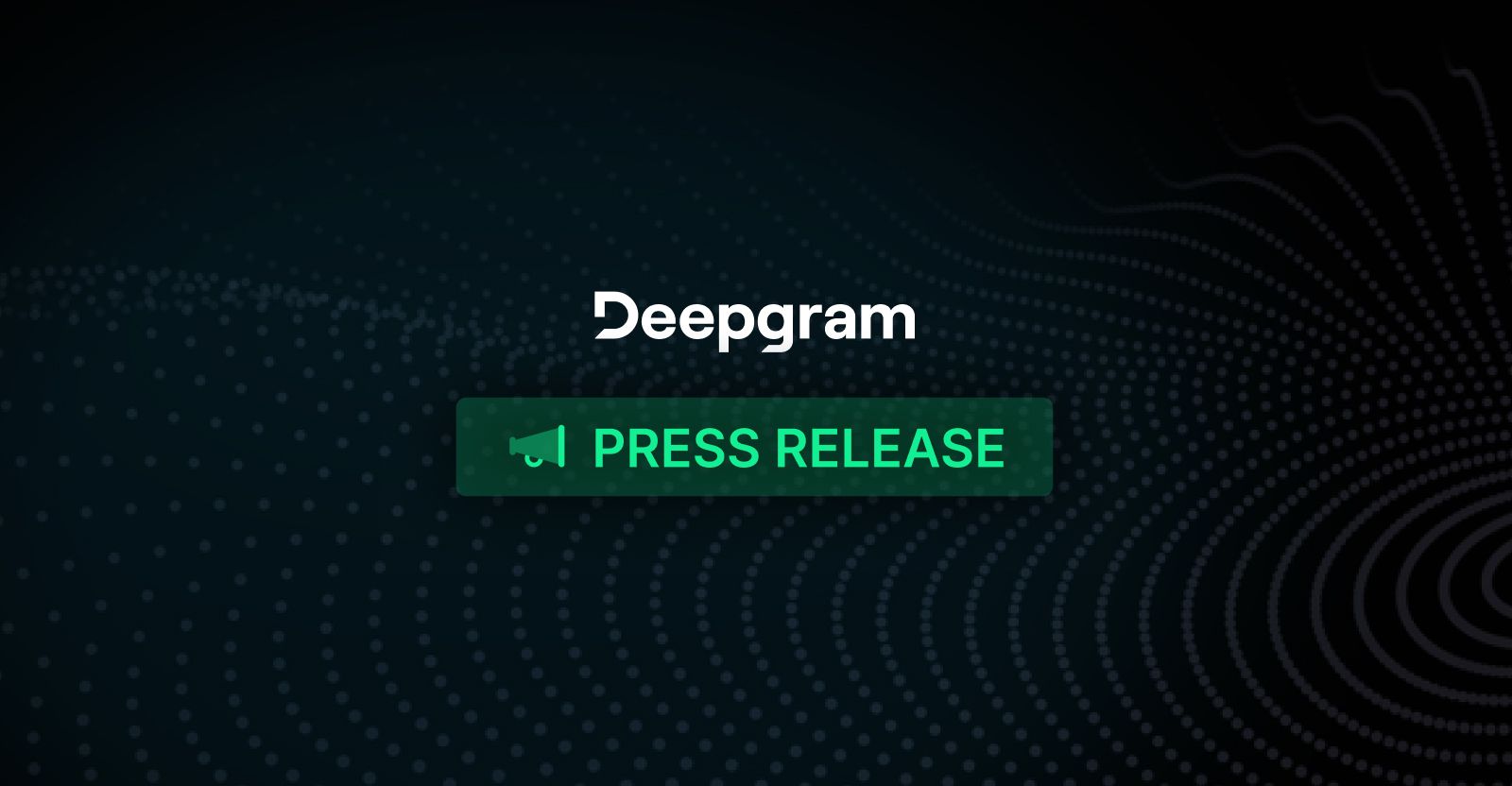
By Jose Nicholas Francisco
Machine Learning Developer Advocate
Last Updated
Have you ever stumbled upon a video so realistic yet discovered it was nothing but a fabrication, a product of artificial intelligence? In a world where seeing is no longer believing, the phenomenon of AI-generated videos takes center stage, challenging our perception of reality. With the advancement of technology, the ability to create hyper-realistic videos that mimic human behavior and speech has never been more accessible. This presents a double-edged sword: a marvel of artificial intelligence that harbors the potential for misuse, leading to misinformation and ethical dilemmas. This article serves as your navigational beacon through the intricate world of AI-generated videos, unveiling the mathematical and technological prowess behind them, their applications, and the societal implications they entail. Expect to dive deep into the art of discerning the real from the fabricated, armed with knowledge on the latest detection methods and the ongoing battle against digital deceit. Are you ready to unravel the secrets behind AI-generated videos and safeguard the essence of truth?
What is AI-generated video?
AI-generated video represents a frontier where technology meets creativity, producing content that blurs the lines between reality and digital fabrication. At its core, an AI-generated video utilizes advanced artificial intelligence technologies to create or manipulate both visual and audio content that mimics human actions and speech with astonishing realism. According to insights from "DeepFake Detection," this realm involves the critical task of distinguishing genuine videos from those crafted through deep learning techniques—a challenge that underscores the importance of detection in today's digital age.
The creation of AI-generated videos employs a variety of methods, each contributing to the illusion of realism:
- Deep Learning: Serves as the backbone, enabling AI to learn and imitate human features.
- Convolutional Neural Networks (CNNs): Analyze visual imagery to detect and synthesize facial expressions and movements.
- Recurrent Neural Networks (RNNs) and Long Short-Term Memory (LSTM) Networks: Process sequential data, making them ideal for generating realistic speech patterns and facial expressions over time.
The evolution of AI-generated videos from mere face swaps to intricate manipulations involving voice and subtle facial expressions marks a significant technological leap. However, this progress is not without its societal and ethical ramifications. The potential for misuse in spreading misinformation poses a substantial challenge, making it increasingly difficult to discern reality from fabrication.
Applications of AI-generated videos span various industries—entertainment, education, and law enforcement—highlighting their versatility. Yet, this technology's potential for misuse in creating deceptive content calls for a critical discussion on the legal landscape, encompassing copyright issues and the right to digital likeness.
The development of robust detection methods and the establishment of ethical guidelines are paramount in governing the use of AI technology in content creation. As we stand at the crossroads of innovation and integrity, the journey ahead demands a collective effort to embrace the marvels of AI-generated videos while safeguarding the truth.
The math behind AI-generated videos
The creation and detection of AI-generated videos rest on a foundation of complex mathematical concepts and sophisticated algorithms. Let's delve into the intricacies that make this technology both fascinating and formidable.
Neural Networks and Machine Learning
At the heart of AI-generated video technology lies the power of neural networks and machine learning. These systems analyze and synthesize visual data, learning to replicate human features with remarkable accuracy. The process involves layers of algorithms that mimic the neural structures of the human brain, enabling machines to learn from vast datasets of images and videos. This capability forms the backbone of AI's ability to generate videos that are indistinguishable from real-life recordings.
Training AI Models
The training of AI models on datasets of real images and videos is a critical step in creating AI-generated videos. Techniques using Convolutional Neural Networks (CNN) have shown promising results in Deepfake detection. By feeding these models with extensive datasets, AI learns to accurately replicate human features, from the nuances of facial expressions to the subtleties of voice modulation. This training process is both data and computation-intensive, requiring vast resources to achieve high levels of realism.
Data Preprocessing and Classifiers
Before AI can learn to generate or detect deepfakes, data preprocessing is essential. This stage involves cleaning and preparing the data for efficient learning. Classifiers like Dlib play a crucial role in this process, detecting face landmarks that are pivotal for generating or identifying deepfakes. By pinpointing specific features on the face, these classifiers enable the AI to focus on critical attributes, enhancing both the generation and detection capabilities of the system.
Computational Challenges
Creating convincing AI-generated videos is no small feat. It demands extensive computational resources and large datasets. The computational complexity arises from the need to process and analyze millions of data points to replicate human likeness accurately. This challenge underscores the significant investment in computational power and data collection necessary to advance this field.
Advancements in Detection Methods
In the arms race against deepfakes, advancements in detection methods offer a glimmer of hope. Notably, a two-pronged technique has achieved up to 99% accuracy in detecting manipulated facial expressions and identity swaps. This method represents a significant leap forward in our ability to discern AI-generated content from genuine videos, providing a critical tool in the fight against misinformation.
Heartbeat Detection
In a groundbreaking development, heartbeat detection has emerged as a novel approach to identify deepfake videos. This technique leverages the biological signals emitted by the human heart, which are difficult for AI to replicate. By detecting the subtle changes in skin color caused by blood flow, this method offers a unique and effective means of distinguishing real videos from their AI-generated counterparts.
Intel's Real-Time Deepfake Detector
Among the notable advancements in this arena is Intel's real-time deepfake detector, FakeCatcher. This tool represents a significant step forward in our ability to detect AI-generated content swiftly and accurately. By providing real-time analysis, FakeCatcher enhances our defense mechanisms against the spread of deepfakes, contributing to a safer digital environment.
The ongoing research and development efforts in the creation and detection of AI-generated videos underscore the dynamic nature of this field. As we witness rapid advancements and innovations, the commitment to improving both the generation techniques and detection methods remains paramount. This dedication ensures that as AI-generated videos become increasingly sophisticated, so too will our ability to discern and safeguard against their potential misuse.
What people are currently saying about AI-generated videos
Public and Expert Opinions
The discourse surrounding AI-generated videos oscillates between awe and concern. On one hand, the public marvels at the technological prowess that allows for such lifelike creations. On the other, experts ring alarm bells over the potential for misinformation and the erosion of public trust. The consensus? While AI-generated content opens up new avenues for creativity and innovation, it simultaneously poses significant challenges in discerning fact from fiction.
Pentagon's Confidence in Detection
A notable beacon of hope comes from a statement in a Pentagon report, which articulates a high degree of confidence in current detection capabilities. The report mentions detection algorithms trained on millions of samples achieving a staggering 99.5% accuracy rate. This reflects a significant milestone in our ability to combat AI-generated misinformation, providing a glimmer of optimism in the ongoing battle against digital deception.
Proactive Steps in Technology
The tech community isn't resting on its laurels, either. Research indicates a concerted effort towards developing more sophisticated detection methods to outsmart deepfake scams. This proactive approach signifies a collective commitment to safeguarding digital integrity. For instance, the development of tools that analyze video and audio content for inconsistencies marks a pivotal step in enhancing our defensive arsenal against AI-generated disinformation.
The Future of Deepfake Detection
An article titled 'The Future of Deepfake Detection' underscores the urgency for robust tools and techniques to authenticate online content. The piece highlights the dynamic nature of deepfake technology and the critical need for continuous innovation in detection methods. This serves as a clarion call for the tech industry to prioritize the development of advanced solutions capable of preserving the authenticity of digital media.
Microsoft's Authentication Tools
Microsoft emerges as a key player in fortifying the digital landscape against deepfakes. The tech giant's introduction of new authentication tools exemplifies the collaborative effort required to tackle this issue head-on. By providing resources that can analyze and verify the legitimacy of digital content, Microsoft sets a precedent for how companies can harness technology to protect against AI-generated falsehoods.
Startups on the Frontline
The rise of startups like Reality Defender reflects the burgeoning commercial demand for deepfake-detecting technologies. With substantial funding and a focus on developing cutting-edge solutions, these enterprises play a crucial role in enhancing our capability to identify AI-manipulated content. Their innovative approaches and dedication to staying ahead of the curve exemplify the entrepreneurial spirit driving progress in this arena.
Keeping Pace with Technology
Despite these advancements, AI researchers and companies acknowledge the relentless pace at which deepfake technology evolves. The challenge lies not only in developing detection methods but also in ensuring these solutions remain effective against increasingly sophisticated manipulations. This necessitates a continuous cycle of research, development, and adaptation to stay one step ahead of potential threats.
Call to Action
The collective responsibility to discern real from fake content has never been more pressing. As AI-generated videos become more prevalent, it falls upon each of us to cultivate a discerning eye and a skeptical mind. Educating oneself about the capabilities and limitations of AI, understanding the hallmarks of manipulated content, and staying informed about the latest detection technologies are essential steps in safeguarding our digital ecosystem. Let's commit to heightened vigilance and proactive learning to navigate the complexities of the AI-generated landscape with confidence and integrity.
Note: If you like this content and would like to learn more, click here! If you want to see a completely comprehensive AI Glossary, click here.




